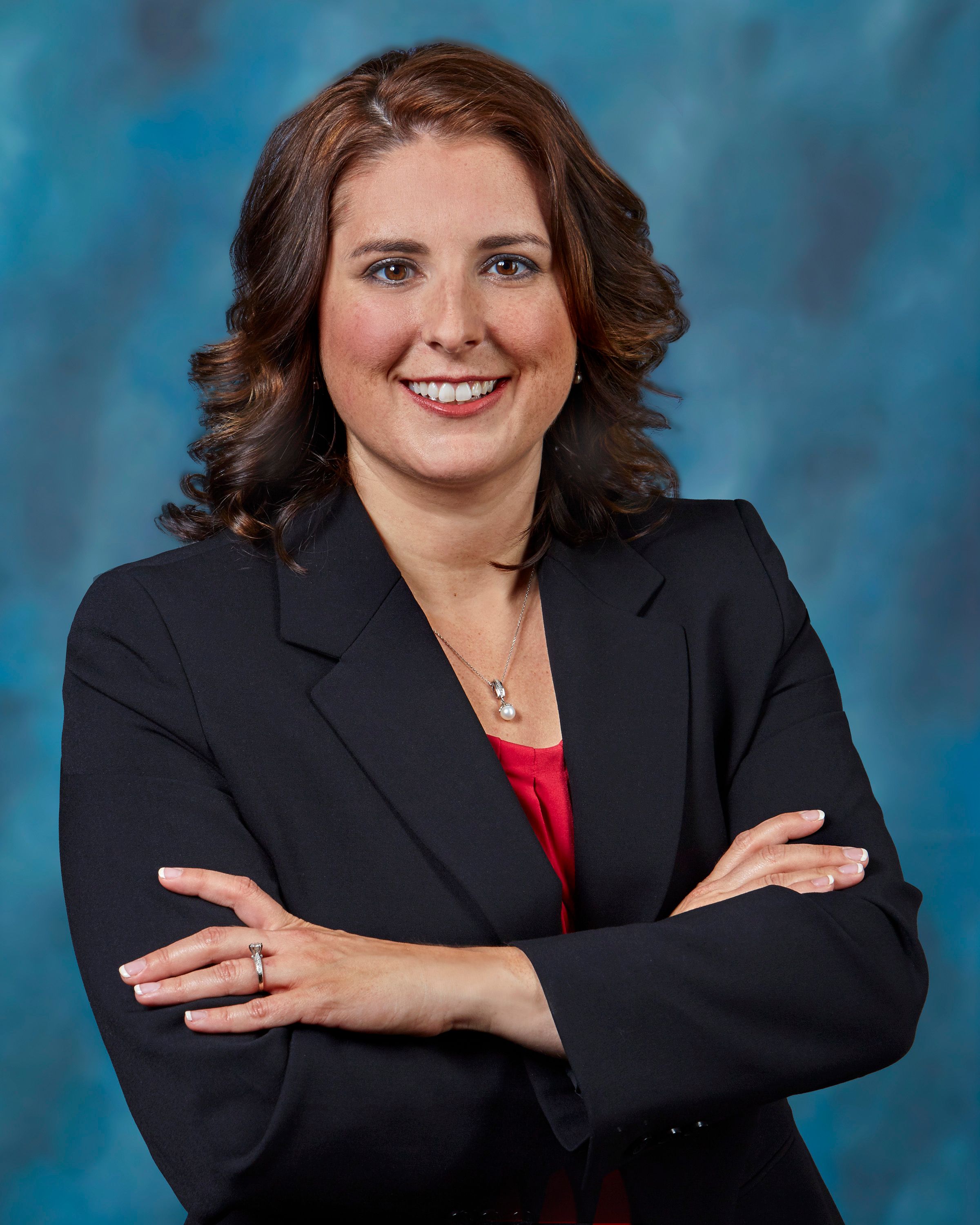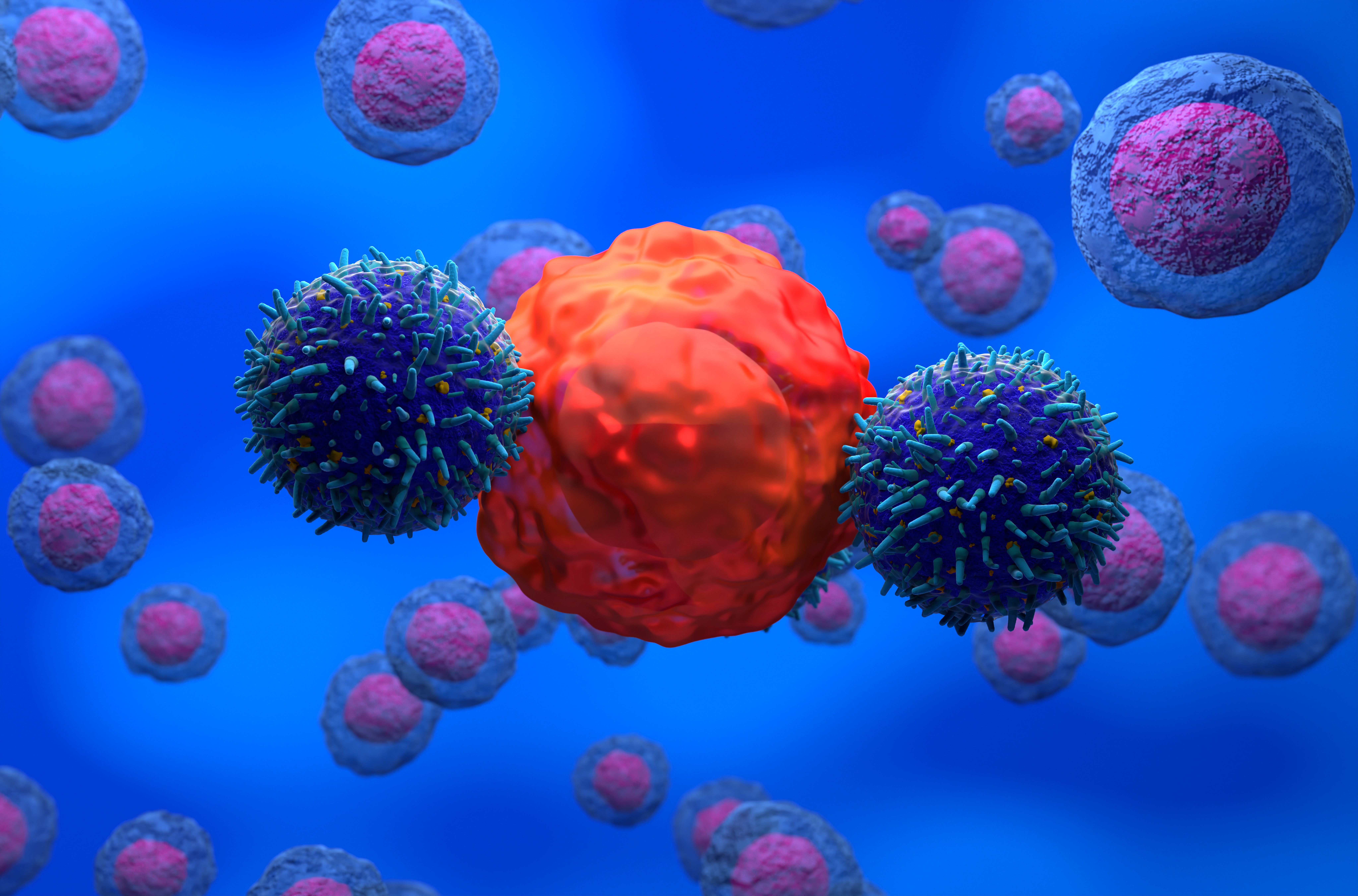Optimizing Cellular Therapy Programs for Community Practices
Rhonda Henschel, MBA, discussed the challenges and considerations for community oncology practices looking to implement cellular therapy programs.
Rhonda Henschel, MBA

Cellular therapy, including chimeric antigen receptor (CAR) T-cell therapy, is a promising new cancer treatment that offers an exciting opportunity for community oncology practices to deliver cutting-edge treatment. However, community oncology practices looking to implement cellular therapy programs must address a number of challenges and considerations.
According to Rhonda Henschel, MBA, to run this type of program, a multifaceted team is needed. This includes physicians, nurses, care teams, managed care specialists, a revenue cycle team, pharmacists, and more. Additionally, partnerships with hospitals are crucial for complex cases, and doctors themselves must have proper training to be able to handle such cellular.
Though cellular therapy offers an exciting opportunity for community oncology practices, some challenges exist, like managing payer policies and ensuring proper implementation. CAR T-cell therapies are expensive, and significant upfront costs and complex billing processes are involved.
To overcome such challenges, Henschel, US Oncology Network's vice president of payer relations, emphasizes the importance of collaboration and learning from each other.
“There are a lot of people who have already started going down this path, and people do not need to reinvent the wheel. We can reach out to each other and learn from them,” Henschel told Targeted OncologyTM in an interview.
In the interview, Henschel discussed the challenges and considerations for community oncology practices looking to implement cellular therapy programs.
CAR T-cell attack cancer cell and healthy cells © LASZLO - stock.adobe.com

Targeted Oncology: Can you discuss your presentation given at the 2024 Community Oncology Conference [COA]?
Henschel: The optimizing cellular therapy session at COA talked about what cellular therapy is all about, the different considerations that community-based oncology practices should have if they are wanting to start doing cellular therapy, and then some of the challenges that practices have faced when kind of embarking on that. When we talk about cellular therapies, we are primarily referring to CAR T-cell therapy or bispecific therapies.
What kind of team would be needed to effectively run this type of program in a community oncology practice?
In order to effectively run a cellular therapy program, it takes a multifaceted team. [One has to] have a physician that is leading the treatment plan, but really, there is going to be the care team that is incredibly important with this, because these patients do need to be monitored closely. One needs to have easy access for them to report any [adverse] effects or concerns, so that they can be acted upon quite quickly. In addition to that, one needs to partner with their managed care specialists in reviewing contracts and making sure that the contracts will actually reimburse them for these different services.
Also, just understanding the prior authorization requirements and the payer policies around what clinical indications they will cover for the products. This also has required a lot of lift around how to bill properly through the revenue cycle team. There have been some differences and how one bills CAR T in particular, because with Medicare, they historically would only allow [someone] to bill 8 digits on a claim and because of the cost associated with these therapies, they often exceeded that 8-digit limit. Medicare recently announced that they have expanded the limit to now 10 digits, which is going to help us tremendously in being able to streamline the billing workflow through the revenue cycle team. But it definitely took some targeted education on how to bill the products, and how to even append the ICD-10 codes that go along with the actual therapy.
The last couple of other people that are important would be pharmacy, obviously, having a nursing team who is delivering the therapy, and then the manufacturers play a big role in helping to educate our teams on how to do some of these billing things. We have spent a lot of time educating payers on what we are trying to do in the community practice around that cellular therapy, but the manufacturers have also gone to them and have tried to help with some of that education piece to smooth out the billing considerations.
Does this type of program require any specific equipment or facilities within a practice?
There is specialized training and there can be specialized workflows in the handling of the products because with cellular therapy and CAR T-cells, we are seeing the patient and sending their cells off to be mixed, basically, with that drug, and that then needs to be sent back to the clinic, and the end product is basically infused into the patient. There is specialized training, specialized handling of all these things so that the product maintains its integrity. Ultimately, [one] also needs to have a good partnership with the hospital in case there are any complications or [adverse] effects that need some inpatient admission type of thing. We can do the vast majority of these therapies safely in a community setting, but [we] have to have that kind of safety net in the event the patient needs it.
The 1 other thing is that the hospital systems also need to have adequately trained staff. This is not something that every practice can necessarily do because there is specialized training. Sometimes, payers will require even factor accreditation for this. This is not something that is required across the board, and how [one] looks at CAR T[-cells] can be different from bispecific products.
What are the potential cost implications for the practice when implementing this type of program?
For both CAR T[-cells] and bispecifics, they are expensive therapies. CAR T[-cells] are quite a bit more, even than bispecifics. One of the cost implications is that the practice needs to be able to fund ordering the actual product in advance and be able to wait to be reimbursed for the service from the payer after the fact. They are costly play therapies, and I think that as a result of the drugs being costly, we are still trying to understand how payers are going to handle these products in the long-term in regards to reimbursement.
What are your thoughts on the future of cellular therapy and its potential impact on cancer?
Cellular therapy is going to continue to grow, and there is a need for these products going forward. I think that they are going to be integrated into the sort of care that many patients receive. I think this is an exciting point for community oncology practices, because it ultimately can be a safe therapy that we can deliver close to the patients’ homes and be able to provide them with cutting-edge therapies to yield positive outcomes.
What are some of the biggest challenges that community oncology practices face in implementing new and complex treatments like cellular therapy?
There are a couple of different challenges that have come up. Number 1, when a drug is launched, it is typically given an unassigned J-code, and there is this transition point when it then gets a J-code and the payers do not adopt these at the exact same time. Managing the timing of when to make that transition from the unspecified to specified is definitely 1 of the challenges. I think the other challenge is that each payer can handle this differently. Their policies can be different, their billing requirements can be slightly different, and how they want things on the claim form. Being able to track that is kind of like a long trial process, because the volume of these therapies is large right now. [One] can imagine that as [we are] processing these patients and the claims that go with it, 1 time it could be payer A, the next time it is payer B, and the next time it is payer C, right? Hopefully, we are garnering learnings along the way, but it can be something that [we] have to repeat.
The other part is that I think with this therapy, it is not just like another drug that is being launched, because of the expense and because of the special handling that has to be involved, and the additional surveillance. We have to have a coordinated effort. I think of it as having a task force that makes sure that [we are] implementing the program in a thoughtful way and then monitoring how things are flowing through to the end to make sure that it is working the way [we] expect it to work. There is this extra coordination because of the complexities that go along with the therapy that I do not think all practices necessarily appreciated. Some might have just dived right in and after the fact realized, hey, we [have] to take a couple of steps back and be able to make sure that we understand all the requirements going into delivering cellular therapy.
What would you hope a community oncologist takes away from this discussion?
One of the key takeaways around the cellular therapy session was that this is an exciting opportunity and definitely a unique opportunity for community oncology providers. I think this is a place that we can demonstrate value to the patients that we serve, the payers that we work with, and the communities that our practices exist in. I think that it is 1 of those things where we can learn from each other to help expand this access throughout the country. There are a lot of people who have already started going down this path, and people do not need to reinvent the wheel. We can reach out to each other and learn from them.